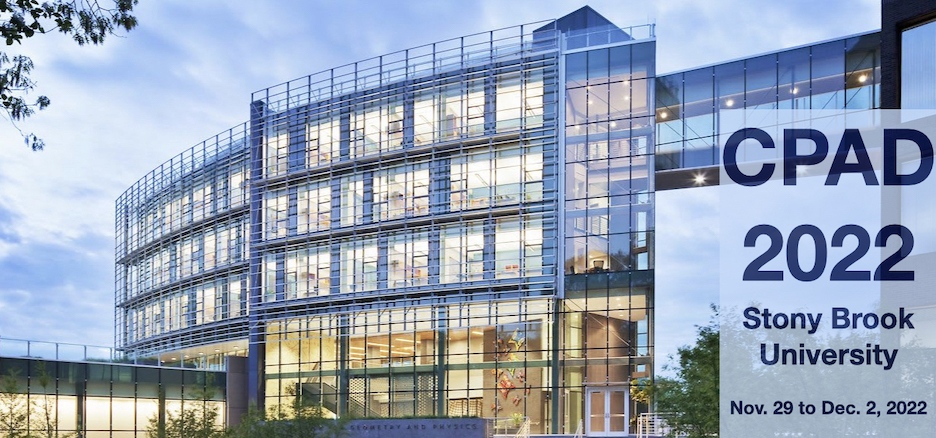Speaker
Description
Silicon photomultipliers (SiPMs) are suitable for scintillation light detectors used in multiple rare searches experiments. The SiPMs are distributed on a hierarchical structure of mini-tiles, multiple readout channels tiles, integrated on staves, and arranged in a form of a barrel of detectors with large area of SiPM, looking inside the volume filled with noble liquid. In addition to cryogenic operation, another challenge for developing the readout using ASICs can be meeting the requirements of ultra-pure, effectively free of natural radioactivity environment. These two requirements translate to very strict constraints. In terms of quantity and type of material that may contain radio-contaminants, power dissipation, design of the readout to adapt to the limits, whereas it must be very reliable in operation over a decade or longer.
To optimize the SiPM readout electronics, we have been addressing multiple conceptual challenges. The proposed system concept is based on the very low rate of photo electron events due to all causes (incl. SiPM dark counts and calibration by external radioactive sources) no exceeding about a few thousands of eevents pers. In contrast to transmitting all samples at a typical rate of 2 MS/s (aka “data streaming”), only portions of waveforms, snippets, resulting from any and all photoelectron SiPM signals are transmitted for data processing and analysis. Snippets contain sufficient number of samples (e.g., 32) surrounding the event waveform to characterize the baseline and the noise. No ”raw” event data are lost in this process. The second aspect of this concept is optimal distribution of functionality between readout integrated circuits, providing analog signal processing, conversion to digital form and data transmission to external DAQ. The related barrel structure with SiPM tiles and, staves as well as the allocation of these circuits on the stave are optimized. Additional studies include the feasibility of the mechanical structure with cabling, signal transmission, ground and power distribution, and communication within the staves themselves, as well as connections to the world outside the cryostat by the feedthroughs. Our concept, which is tentatively named as Waveform Snippet and Stave Oriented readout (WSSO) provides all the signals generated by SiPMs with a record for all events, at a significantly lower data rate. It leads to reductions in the number of low dispersion cables and their connections by an order of magnitude or more, and as a result, to a reduction in the amount of background contributing material, combined with a simplification of the feedthrough design, and lower cost. This concept developed for the nEXO Photon Readout Electronics (PRE) sub-system can be used more broadly always providing system complexity reduction and data bandwidth optimization.

